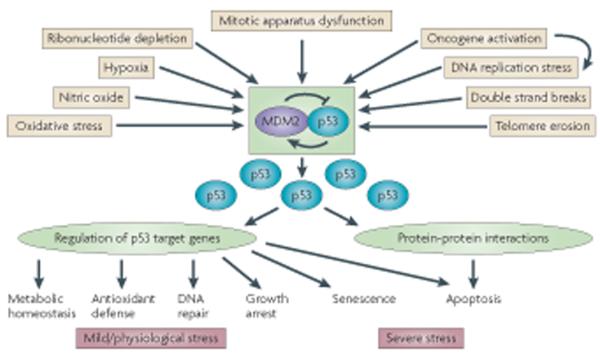Fig. 2. Simplified scheme of the p53 pathway.

The p53-MDM2 feedback loop is the “heart” of the p53 pathway. Under normal conditions, it maintains p53 levels and activity at constantly low steady state levels. A variety of stress signals (only a representative subset of p53-activating signals are depicted), related in many ways to carcinogenesis, impinge on this central loop to release p53 from MDM2-mediated inhibition. This increases p53 protein levels and activity, inducing various phenotypic changes. Many p53-activating signals are closely interrelated, as exemplified here for oncogenes, whose impact on p53 is partly due to their propensity to induce DNA replication stress. The downstream effects of p53 are largely due to its ability to transactivate and repress various subsets of target genes; however, at least in the case of apoptosis, protein-protein interactions (primarily with Bcl2 family members) also play an important role. It is generally believed that the nature of the phenotypic response to p53 activation is, at least partially, proportionate to the amplitude, duration and nature of the activating signal. Severe stress induces more extreme, usually irreversible responses, namely apoptosis and senescence, whereas milder stress would lead to a transient growth arrest coupled with an attempt to deal with the cause of stress and repair the damage caused by it. Recent evidence indicates that p53 also has an important role in enabling the cell to adjust its metabolism in response to mild normal physiological fluctuations, including those in glucose and other nutrient levels, oxygen availability, and reactive oxygen species levels (see Focus by Vousden).
